Crafting the Ultimate Cold Email Strategy: A Comprehensive Guide to Win Over Prospects and Boost Conversions
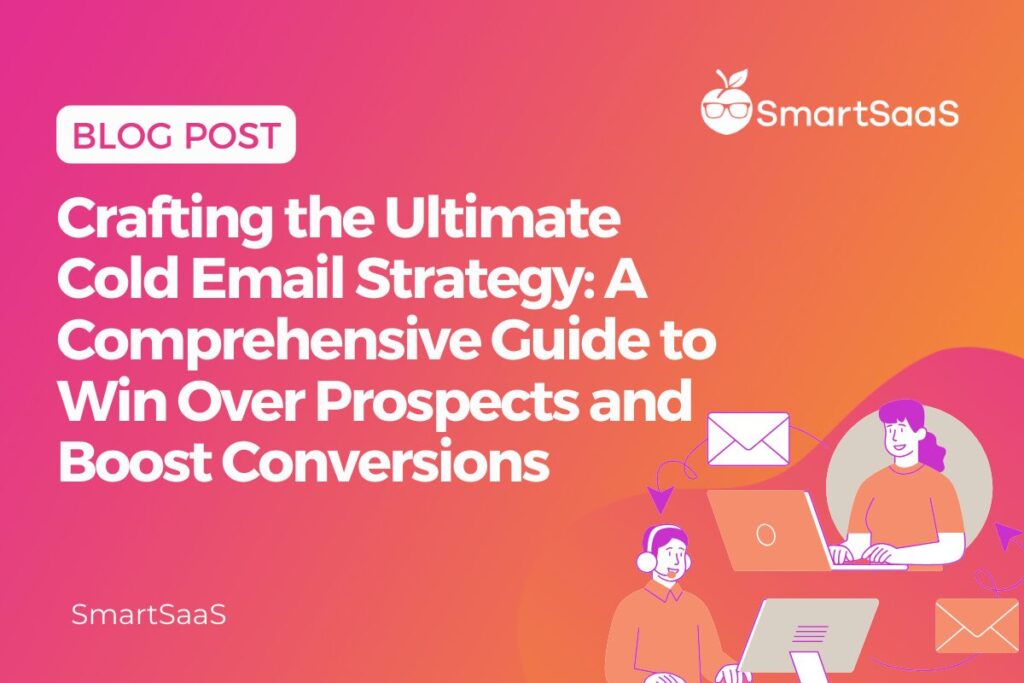
The Craft of Personalization: Tailoring Messages for Diverse Personas
Comprehending your audience is the linchpin of a successful cold email campaign. Begin by categorizing your prospects according to their industry and job title, and then proceed to fine-tune your messages to resonate with their distinct preferences.
C-Suite Executives
Concentrate on the value proposition and the potential impact on their organization’s financial bottom line. Keep your email succinct, straightforward, and direct, accentuating the strategic advantages of your solution.
Marketing Professionals
Engage their creative sensibilities by deploying captivating visuals and enthralling storytelling. Highlight how your offering can enhance their brand presence and augment their marketing return on investment.
Sales Representatives
Showcase how your solution can enhance their deal-closing efficiency, boost revenue, and help them attain their sales targets. Incorporate social evidence, such as testimonials from contented clients or illuminating case studies.
Engineers and Developers
Accentuate the technical facets of your offering, furnishing comprehensive insights into features and functionality. Employ data-backed arguments and underscore the efficiency and reliability of your product.
Perfecting the Cold Email Formula: A Step-by-Step Guide
Use the following formula to create an impactful cold email:
Subject Line: [Personalized Element] + [Intriguing Proposition]
Example: “John, boost your revenue by 35% with our unique solution.”
Opening Line: [Compliment or Common Ground]
Example: “I recently came across your insightful blog post on [topic] and found it particularly valuable.”
Body: [Introduction] + [Value Proposition] + [Social Proof or Case Study]
Example: “As a [your job title], I help companies like yours to [achieve a specific goal]. Our solution has proven to increase [key metric] by [percentage]. Just look at [Case Study A}
Closing: [Call to Action] + [Urgency or Incentive]
Example: “I’d love to discuss how we can help your business thrive. Schedule a call with me this week and receive a free [incentive].”
Signature: [Name] + [Job Title] + [Company] + [Contact Information]
A/B Testing: Refining Your Campaign for Success
To determine the efficacy of your cold email campaign, implement A/B testing by creating two variations of the same email. Adjust one element at a time, such as the subject line, value proposition, or call to action. Analyze each variation’s open, click-through, and conversion rates, and use the insights to optimize your messaging.
Monitoring Metrics and Making Changes: A Comprehensive Approach
Track your cold email campaign’s performance using these essential metrics:
Open Rate
Indicates the percentage of recipients who opened your email. If it’s low, consider tweaking your subject line or sending time.
Click-Through Rate (CTR)
This refers to the percentage of recipients who clicked on a link within your email. To improve CTR, refine your call-to-action or the email’s layout.
Response Rate
Measures the percentage of recipients who replied to your email. Low response rates may require a revision of your value proposition or personalization.
Conversion Rate
This refers to the percentage of recipients completing the desired action, such as scheduling a call or purchasing. Low conversion rates indicate a need to reassess your offer, incentives, or overall email structure.
Read more about A Comprehensive Approach on Sales Metrics and What To Do
Use an Emergency Campaign Checklist
If your campaign isn’t performing as expected, follow these steps to identify potential issues and implement improvements:
Reevaluate your target audience
Ensure your email list is up-to-date and your recipients align with your ideal customer profile.
Audit your personalization
Double-check that your emails address recipients by name, mention their company, and offer a value proposition relevant to their role and industry.
Optimize your subject lines
Experiment with different approaches, such as using numbers, questions, or personalization, to grab recipients’ attention.
Enhance your email design
Use visuals, bullet points, and white space to make your emails more readable and engaging.
Test different send times
Schedule your emails at various times of the day and week to determine the optimal time for higher open and response rates.
Refine your call-to-action
Ensure your CTA is clear, compelling, and easy to find within your email.
Monitor and analyze metrics
Regularly review your email performance data, and use the insights to make data-driven adjustments to your campaign.
Try a Multichannel Approach
A multichannel approach to your outreach strategy involves engaging prospects through various channels, such as email, phone calls, social media, and even direct mail. You can increase the likelihood of reaching and connecting with your target audience by leveraging multiple touchpoints. Here’s a suggested structure for a 12-step multichannel cadence:
Step 1: Cold Email
Introduce yourself, your company, and your value proposition.
Step 2: LinkedIn Connection Request
Personalize the request message and mention a common interest or connection.
Step 3: Phone Call
Attempt to establish a connection and briefly discuss your offering.
Step 4: Follow-Up Email
Address any questions or objections mentioned during the phone call.
Step 5: LinkedIn Comment or Share
Engage with the prospect’s content by leaving a thoughtful comment or sharing their post.
Step 6: Phone Call
Follow up on your previous conversation and provide additional information or resources.
Step 7: Email with Case Study or Testimonial
Share success stories from clients in the prospect’s industry.
Step 8: Social Media Interaction
Like or comment on the prospect’s content on Twitter or other relevant platforms.
Step 9: Phone Call
Attempt to schedule a meeting or demo to discuss your offering in more detail.
Step 10: Email with a Personalized Video
Create a short, engaging video that addresses the prospect by name and highlights your solution’s benefits.
Step 11: Direct Mail
Send a personalized, handwritten note or a small, relevant gift that demonstrates your commitment to helping their business succeed.
Step 12: Final Phone Call
Make one last attempt to connect and discuss your offering, mentioning any interactions during the previous steps.
Remember to maintain consistency in your messaging and branding across all channels throughout the cadence. Monitor and analyze your prospects’ engagement, and adjust your approach based on their responses. Combining a multichannel strategy with a well-structured rhythm will create a powerful outreach campaign that maximizes your chances of connecting with your target audience and driving conversions.
To Wrap Things Up
A successful cold email strategy demands understanding your audience, a tailored approach, and a willingness to adapt and optimize. By implementing the tips and techniques outlined in this guide, you’ll capture your prospects’ attention and foster meaningful connections that ultimately drive conversions. Level up your cold email game and leave even the experts in awe of your masterful strategy.

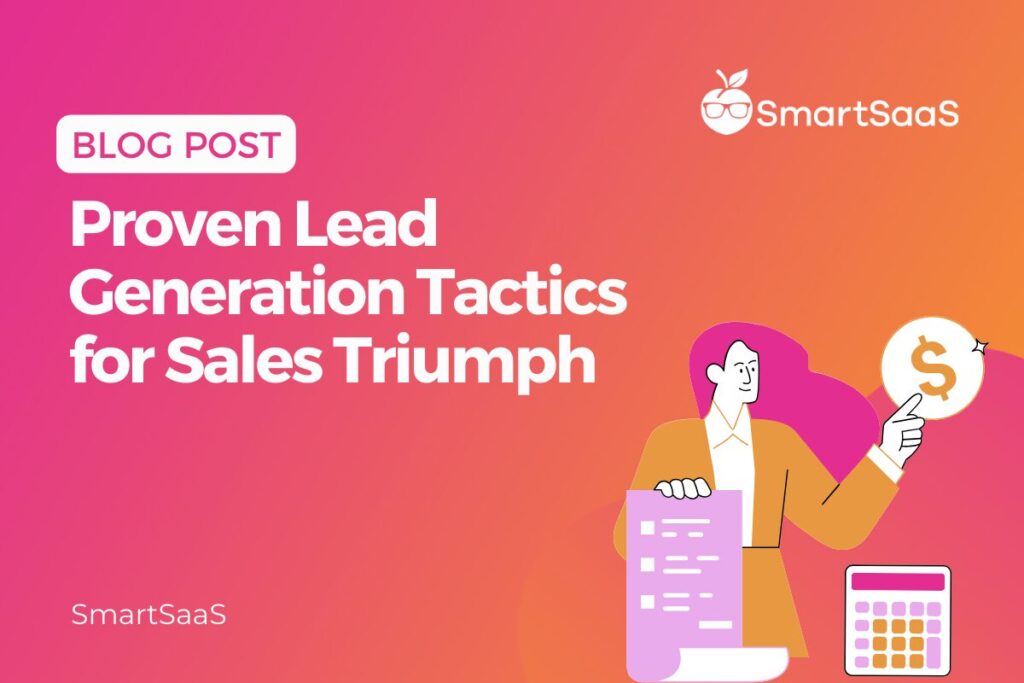
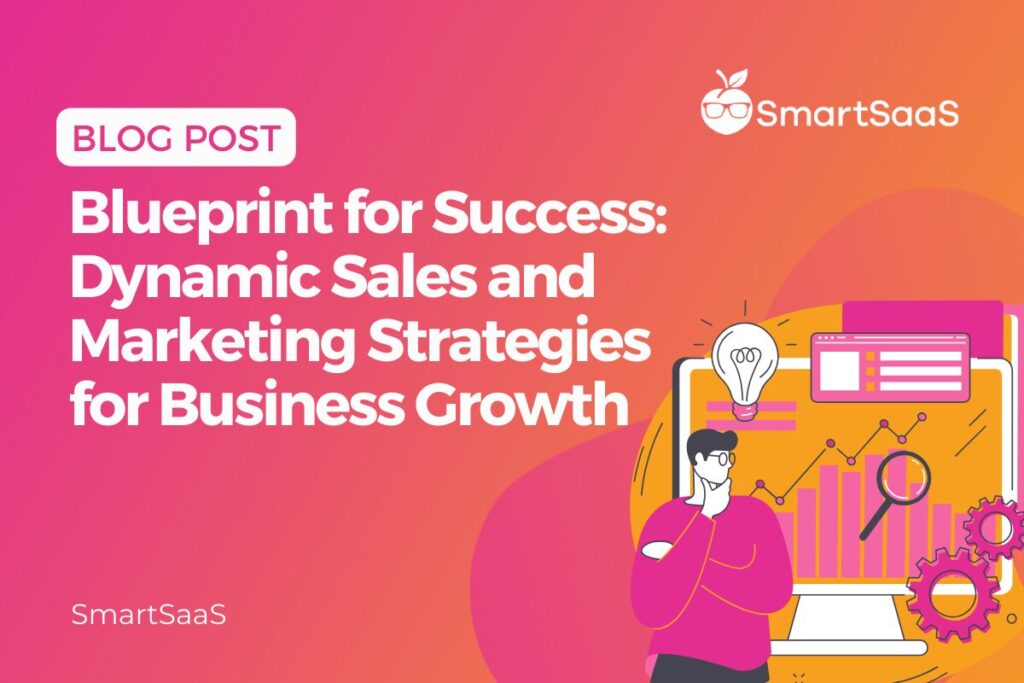
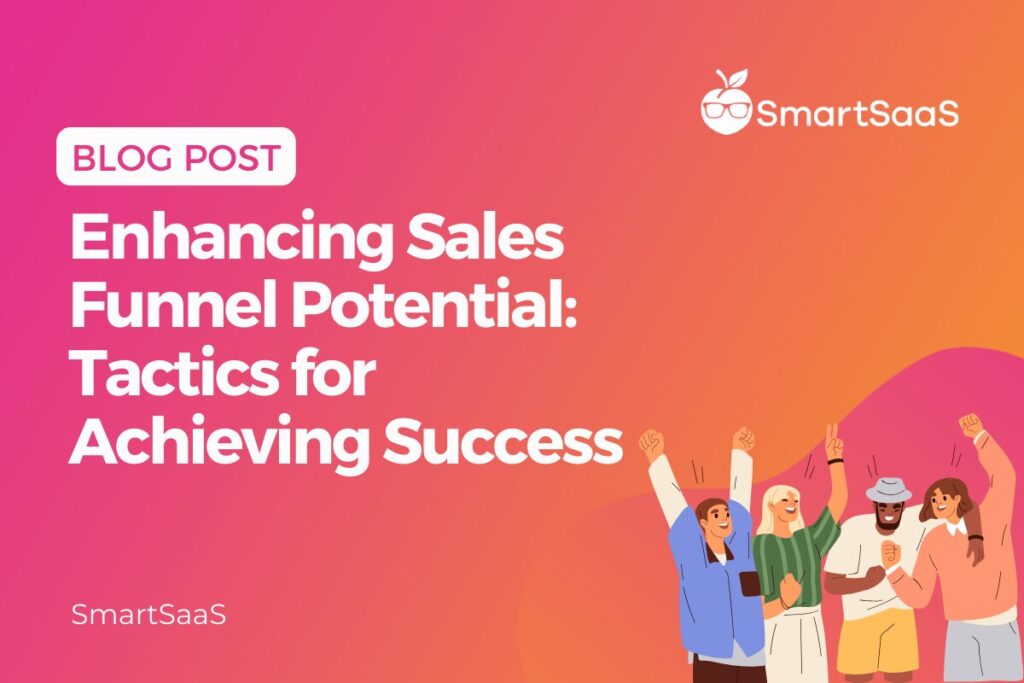
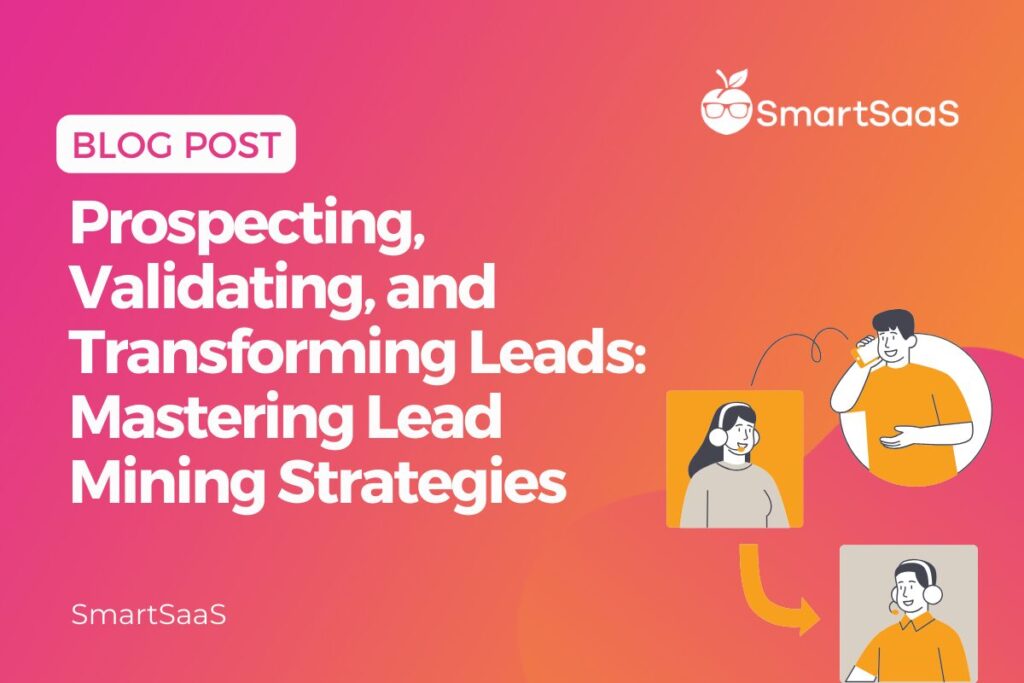
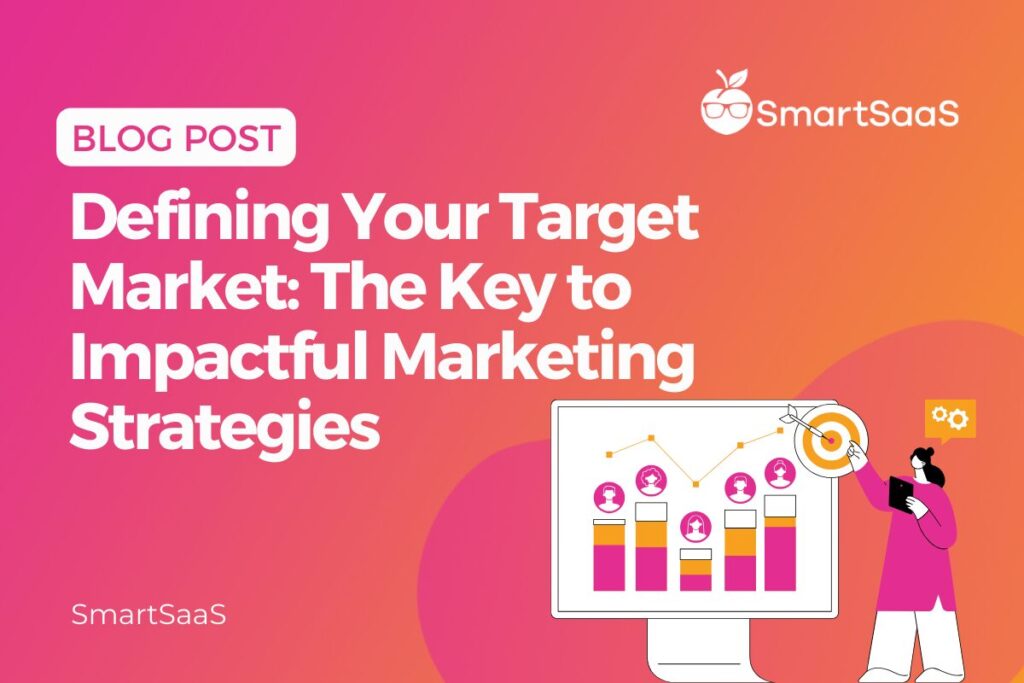
Responses